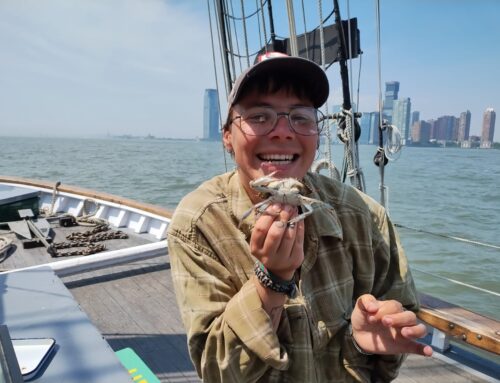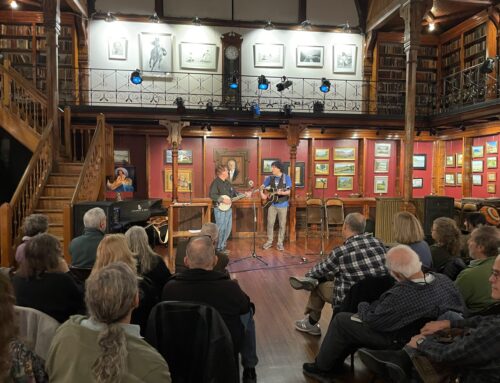The public is invited to a special Lower Hudson communities forum to learn about progress being made with the cleanup of toxic Hudson River PCBs being conducted by General Electric (GE) and overseen by the U.S. Environmental Protection Agency (EPA). With slightly more than half the project being completed, the upcoming informational meeting is a timely opportunity for stakeholders to learn about future restoration efforts in the Hudson.
The forum will be held Wednesday, Jan. 16, 2013, from 3–6 p.m. at the Marist College Boathouse. The event is being sponsored by Hudson River Sloop Clearwater, Natural Resources Defense Council (NRDC), Riverkeeper and Scenic Hudson, with additional support from the Center for Research, Regional Education and Outreach at SUNY New Paltz.
Topics to be discussed at the forum include an update on the project from the EPA; an analysis of the impacts and effectiveness of the PCB cleanup on fish, presented by the New York State Department of Environmental Conservation; and an examination of the Hudson River fish consumption advisories relating to PCB contamination, presented by the New York State Department of Health. The National Oceanic and Atmospheric Administration, a federal Natural Resource Damages (NRD) trustee, also will be at the forum to discuss the NRD Assessment process currently underway in response to the injuries caused to the environment by the PCB contamination in the Hudson River.
The Hudson River PCB Superfund Site encompasses a nearly 200-mile stretch of the Hudson River from Hudson Falls to the Battery in New York City and includes communities in 14 New York counties and two counties in New Jersey. The site is divided into the Upper Hudson River, which runs from Hudson Falls to the Federal Dam at Troy (a distance of approximately 40 miles), and the Lower Hudson River, which runs from the Federal Dam at Troy to the southern tip of Manhattan at the Battery in New York City. Only selected “hot spots” in the Upper Hudson have been targeted for cleanup under the environmental remediation action being conducted by GE and overseen by the EPA.
In 2009, GE started its cleanup of the over 1.3 million tons of PCBs it dumped in the Hudson before the practice was banned in the late 70s. As the PCB cleanup moves downriver, the effectiveness of the cleanup action and the anticipated benefits of a cleaner and healthier river system can begin to be measured in communities in the Lower Hudson region, where no removal of contaminated river sediment is planned.
Media Contacts:
Julia Church, Clearwater, 845 265 8080, ext. 7112, or julia@clearwater.org
Kate Slusark, Natural Resources Defense Council, 212 727 4592; kslusark@nrdc.org
Tina Posterli, Riverkeeper, 914 478 4501, ext. 239; tposterli@riverkeeper.org
Jay Burgess, Scenic Hudson, 845 473 4440, ext. 222, or jburgess@scenichudson.org





